Wasa lobbies for Rs52b budget upgrade
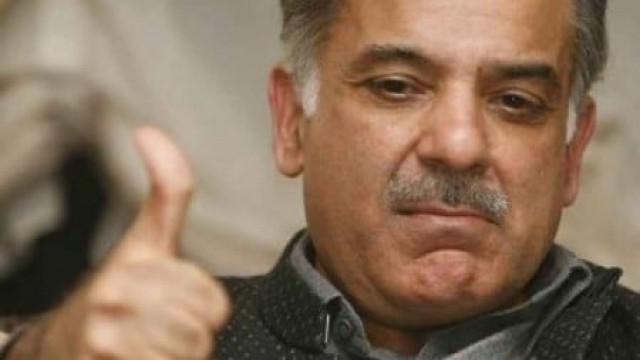
A senior Wasa official told The Express Tribune that the amount would be spent on replacing the entire sewage and drainage system of the city.
He said that Tuesday’s rain measured only 84 millimetre. It took Wasa from 20 minutes to 2.5 hours to drain the water from different areas. As a comparison he said the same level of water took the agency from 40 minutes to 4 hours last year.
The time required could be further reduced if the entire sewage and drainage system of the city is replaced, he said.
Khawaja Imran Raza, Chief Minister Shahbaz Sharif’s personal staff officer, confirmed that the Wasa had demanded Rs52 billion funds in the next year’s budget.
He said that while there were some budgetary constraints the government was committed to making Wasa an efficient organisation.
Iqtidar Shah, the Wasa deputy managing director (Operations), said that the agency recently conducted an extensive study in collaboration with NESPAK to figure out a solution to the issue. He said that a three-pronged strategy was devised in the study.
In the long run, the NESPAK proposed to change the entire sewage and drainage system of south and central parts of the city –the areas that always get inundated during the monsoon.
The areas falling in the central part include: Lakshmi Chowk, GPO, Kashmir Road, Edgerton Road, Cooper Road, Bashir Sons, Rehman Gallian, Ek Moria Pul, Lytton Road, Plaza Cinema, Nabha Road, Church Road, Mozang Road, Shadman, Shah Jamal, Waris Road, Galaxy Plaza, Park Lane Road, Chauburhi, Lake Road, PU Ground, HCC, Rawaz Garden, Sanda Road, Fazila Colony, SSP office Dev Samaj Road.
The areas falling in the south include: Gulberg, Faisal Town, Model Town, Johar Town, Township, Iqbal Town, Firdous Market, Kalma Chowk, Central Point, Gari Shahu, Muhammad Nagar, Bibi Pak Daman, Empress Road, Railway Station, Akbar Chowk, Hussain Chowk, Barket Market, L-Block Gulberg, Tipu Block Garden Town, Model Town Link Road, Mini Market Gulberg.
Shah said that the study proposed setting up a Reinforce Cemented Concrete (RCC) Conduce – a 16-feet-wide and 11-feet-long room, built 35 feet below the surface) and laying down 72-inches pipes that would be linked to the main drains.
The medium term strategy involved separation of sewage and drainage lines. Other important targets in the medium run included introduction of modern machinery for de-silting operations and capacity enhancement of the Wasa officials.
The Wasa-NESPAK study identified 30 critical spots that got flooded every monsoon. The short term strategy was to focus on these spots and reduce the time required to drain the water.
Expalining Wasa’s inability to drain rain water in time, Zahid Aziz, the Wasa deputy managing director (Planning), put the blame on unplanned growth of the city in the last two decades.
“The city continued to widen its boundaries as the population increased without proper planning,” he said.
He said that commercialisation of residential areas was another factor. “The existing sewage and drainage system of the city is not at par with the changes that have come about in its infrastructure during the last two decades,” he added.
He said that Lahore had a flat topography with a mild southwestern slope towards the Ravi River. The drainage system, he said, was however directed towards the north, against the natural slope.
Published in The Express Tribune, July 21st, 2010.

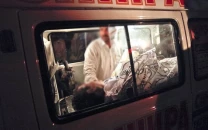

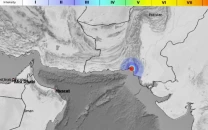

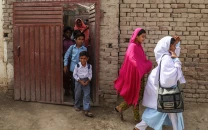
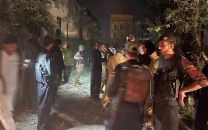












COMMENTS
Comments are moderated and generally will be posted if they are on-topic and not abusive.
For more information, please see our Comments FAQ